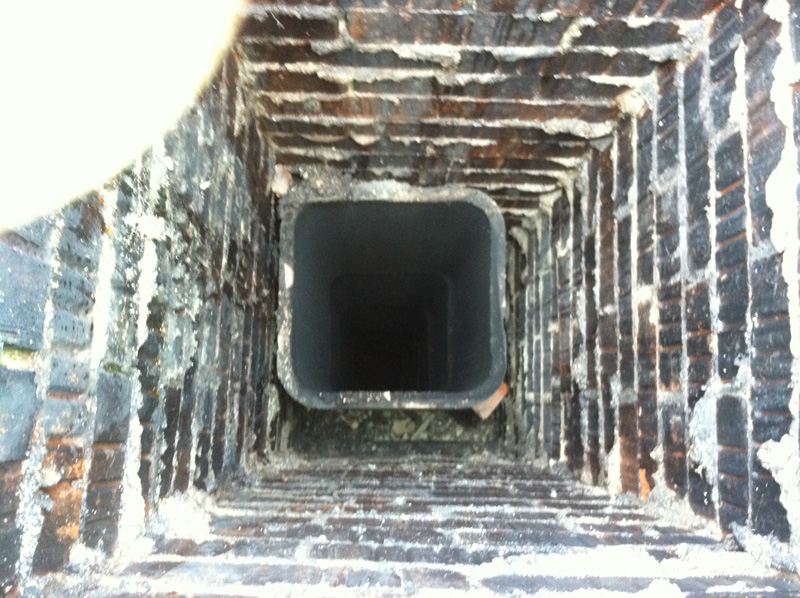Have you been told by your Maryland chimney cleaner that you need your chimney relined? Is this really necessary or are they just trying to make money on your lack of knowledge on this subject? Don’t worry, chimney relining is a legitimate procedure that your chimney might indeed benefit from. Keep reading to find out all about it.
What Does a Chimney Liner Do?
A chimney liner is essentially a protective layer on the inside surface of your chimney flue. It serves several purposes, but mainly it directs all of the gasses, sparks and heat out through the flue. A liner reduces creosote buildup and helps contain the heat, thus preventing combustible materials around the chimney from igniting. Additionally, a liner keeps all the combustion gases inside the chimney and prevents them from entering your home.
When Does a Chimney Need Relining?
During the time you own your home, you could easily go without relining your chimney. However, most chimneys will need to be relined at some point in their lifetime. Your Maryland chimney sweep can recommend relining your chimney for one of these reasons:
- Your chimney has never been lined. Indeed, many chimneys in older homes were built without a liner. Nowadays, chimney liner is considered a safety measure and is required by most building codes.
- Your chimney was lined with clay tiles and they are deteriorating. Clay tile lining is a traditional chimney lining method that can last up to 50 years. Eventually, tile starts falling apart and you will need to install a new liner. Clay tile is typically installed when the chimney is built, so you would need to replace it with a different type of liner.
- Your chimney is too wide. Whether your chimney is lined or not, it could be improperly sized for your fireplace. By installing a liner, chimney width can be reduced, which would improve draft and provide other benefits for more efficient burning.
Types of Chimney Liners
We’ve already talked about clay tile lining—while it might be the most inexpensive of all liners, it’s very difficult to retrofit into an existing flu. If you are adding a new liner or replacing your old one, it’s very unlikely that clay tile will be used. Below are the two primary types of chimney liners that are frequently used to reline modern chimneys:
Poured-in-Place Liners
Poured-in-place chimney liners are cement liners that are poured into a chimney around an inflatable bladder. The bladder is then deflated, which leaves a cement liner of your desired thickness and makes your flue round on the inside. This lining method is especially beneficial if the chimney inspection reveals that your chimney has structural issues, as cement helps reinforce the flue. This is definitely not a DIY project, so make sure you are hiring a certified chimney professional to install a poured-in-place liner in your Maryland home.
Metal Liners
Stainless steel chimney liners are some of the most popular chimney lining options these days. They come in two types: rigid to use in straight flues or flexible to accommodate any bends and tight spaces. Stainless steel chimney liners are relatively easy to install and remove compared to clay tiles and poured-in-place liners.
Do you have any other questions about chimney relining in Maryland? Or maybe you are unsure whether your old chimney has a liner? Feel free to contact us for chimney inspection and we’ll give you an accurate report on the condition of your chimney.

